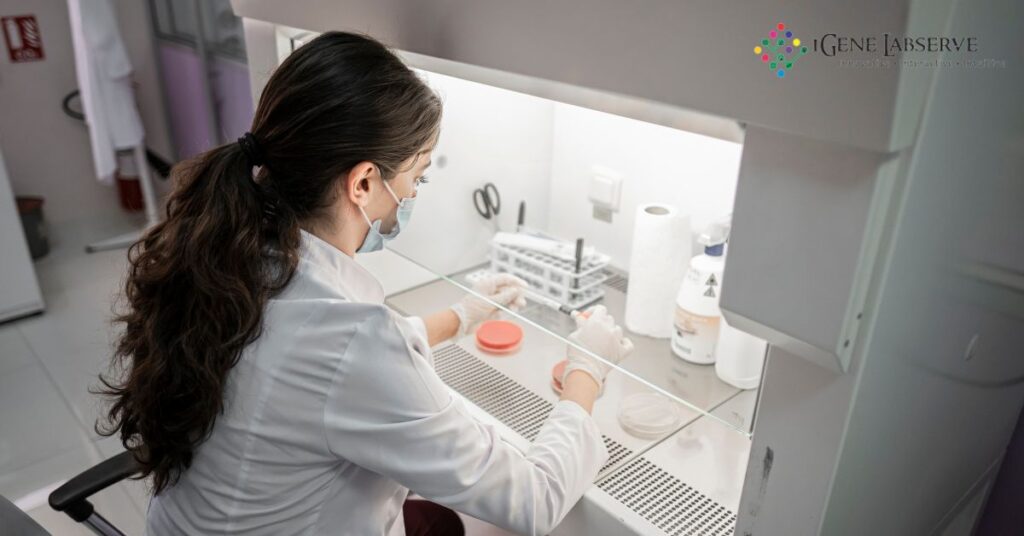A centrifugal vacuum concentrator is a device used to simultaneously dry or wet pelletizes several small-volume samples. This post will tell you all about this equipment and the techniques of using them. Let’s talk about centrifugal vacuum concentrator in great details.
By lowering pressure, which reduces the boiling point (bp) of the solution, and by adding centrifugal force and heat to accelerate evaporation and lessen solvent bumping, centrifugal concentration works to constantly and effectively remove solution. Aggressive or even hazardous fumes might be emitted when the solution evaporates. To reduce the possibility of solvent emission, it is advised to use in conjunction with a cold trap, such as a circulation or refrigerant condenser.
It’s crucial to utilize a chemical resistant vacuum pump since the majority of samples that need to be processed with a centrifugal concentrator include solvent or chemical solution. This prevents quick pump damage.
Common evaporation techniques
The following evaporation methods are often employed in laboratories: vacuum-vortex evaporation, nitrogen evaporation, centrifugal evaporation, and rotary evaporation.
Nitrogen blowdown evaporation
A continuous nitrogen gas stream is blown onto the surface of a solvent using thin tubes (needles) in nitrogen blowdown evaporators to reduce the vapor pressure and increase the surface area. It is possible to speed up solvent evaporation by heating a block or dry bath.
Rotary evaporation
Rotating a circular bottom flask at a high temperature and low pressure encourages solvent evaporation in rotary evaporation procedures. A heat bath, rotor, condenser, solvent trap, and vacuum pump are needed to carry out rotary evaporation. The inability to handle more than one sample at a time is its main drawback.
Centrifugal evaporation
The basic idea behind centrifugal evaporation is to create a vacuum to lower pressure and cause solvent boiling. Infrared or steam can also be used to apply heat energy to speed up evaporation. With centrifugation, sample loss and cross-contamination are avoided since the solvent boils from the sample surface downward, minimizing boiling over and solvent bumping.
Parallel evaporation / Vacuum-vortex evaporation
The sample tubes are swirled to generate a vortex for parallel evaporation. The bigger sample surface that is produced by the generated vortex encourages vaporization and speeds up the process. Contrary to centrifugal evaporation, the g force generated to avoid bumping into the vortex is inadequate. Common vortex evaporators are therefore vulnerable to sample loss and cross-contamination. Vacuum pumps and heaters are added to more sophisticated vortex evaporators to lower pressure and raise temperature, respectively, to speed up evaporation even further. In such a setup, a cold trap is also necessary to capture solvent gases.
The solutes from a liquid sample are concentrated using a vacuum centrifuge concentrator into dry or moist pellets. In order to evaporate liquid and concentrate DNA, RNA, nucleotides, and other proteins for further usage or research, a vacuum centrifuge concentrator is used in proteomics, genomics, cell biology, microbiology, and drug development. It also occasionally employs heat or gas blowdown. The capacity, range of speed, heat, and time settings, noise level, and the ability to heat or blow down gas are some of the important areas where vacuum centrifuge concentrators might vary. Before purchasing a vacuum centrifuge concentrator, it is advisable to take into account these aspects, as well as the footprint, budget, and cross-contamination avoidance.
If you want to learn everything there is to know about a centrifugal vacuum concentrator before you buy one, contact IGene Labserve by going to https://www.igenels.com/ or calling 09310696848. For your needs, IGene Labserve provides some of the top equipment available. Contact our consultants and place the following order for the necessary.

